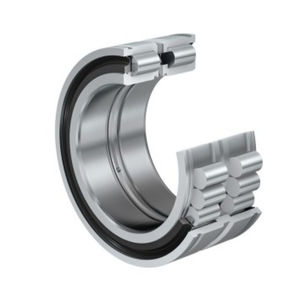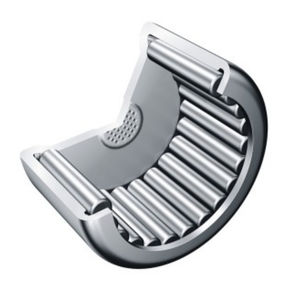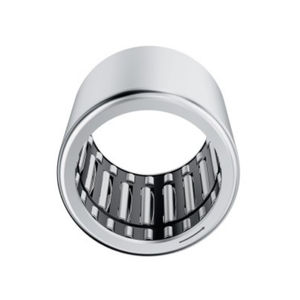
- Power Transmission - Mechanical components
- Bearing and Linear Guide
- Ball bearing bearing
- Schaeffler Technologies AG & Co. KG

- Company
- Products
- Catalogs
- News & Trends
- Exhibitions
Ball bearing bearing 16 seriesradialaxialdeep groove
Add to favorites
Compare this product
Characteristics
- Rolling element
- ball bearing
- Configuration
- radial, axial, deep groove, single-row
- Material
- steel
- Other characteristics
- sealed, low-friction
- Inside diameter
Min.: 7 mm
(0.28 in)Max.: 1,060 mm
(41.73 in)- Outside diameter
Min.: 19 mm
(0.75 in)Max.: 1,500 mm
(59.06 in)- Width
Min.: 6 mm
(0.236 in)Max.: 195 mm
(7.677 in)
Description
FAG deep groove ball bearings are available in radial and axial designs for many different variants.
Single-row deep groove ball bearings are available in open and sealed designs. They are designed for high to very high speeds and can accommodate radial as well as axial forces.
Double-row deep groove ball bearings correspond with single-row deep groove ball bearings in design and are used when the radial load capacity of single-row deep groove ball bearings is insufficient.
FAG axial deep groove ball bearings are available in single or double-direction design variants. These bearings are especially well suited to high axial loads
Deep groove ball bearings
Deep groove ball bearings are versatile, self-retaining bearings with solid outer rings, inner rings and ball and cage assemblies. These bearings with their simple design, high resistance and low-maintenance, are available in single-row and double-row designs, as well as sealed and unsealed. Due to the manufacturing processes used, open bearings can have turned recesses in the outer ring for seals or shields.
Thanks to their low frictional torque, deep groove ball bearings can be used for high speeds.
Catalogs
No catalogs are available for this product.
See all of Schaeffler Technologies AG & Co. KG‘s catalogsOther Schaeffler Technologies AG & Co. KG products
Rolling bearings and plain bearings
Related Searches
- Schaeffler bearing
- Schaeffler steel bearing
- Schaeffler ball bearing bearing
- Schaeffler roller bearing
- Schaeffler radial bearing
- Schaeffler linear guide
- Plain bearing
- Axial rolling bearing
- Schaeffler single-row bearing
- Bearing unit
- Metal plain bearing
- Deep groove ball bearing
- Double-row bearing
- Slewing bearing
- Precision bearing
- Steel linear guide
- Ball bearing linear motion system
- Cylindrical roller rolling bearing
- Cage assembly bearing
- Compact linear motion system
*Prices are pre-tax. They exclude delivery charges and customs duties and do not include additional charges for installation or activation options. Prices are indicative only and may vary by country, with changes to the cost of raw materials and exchange rates.





















